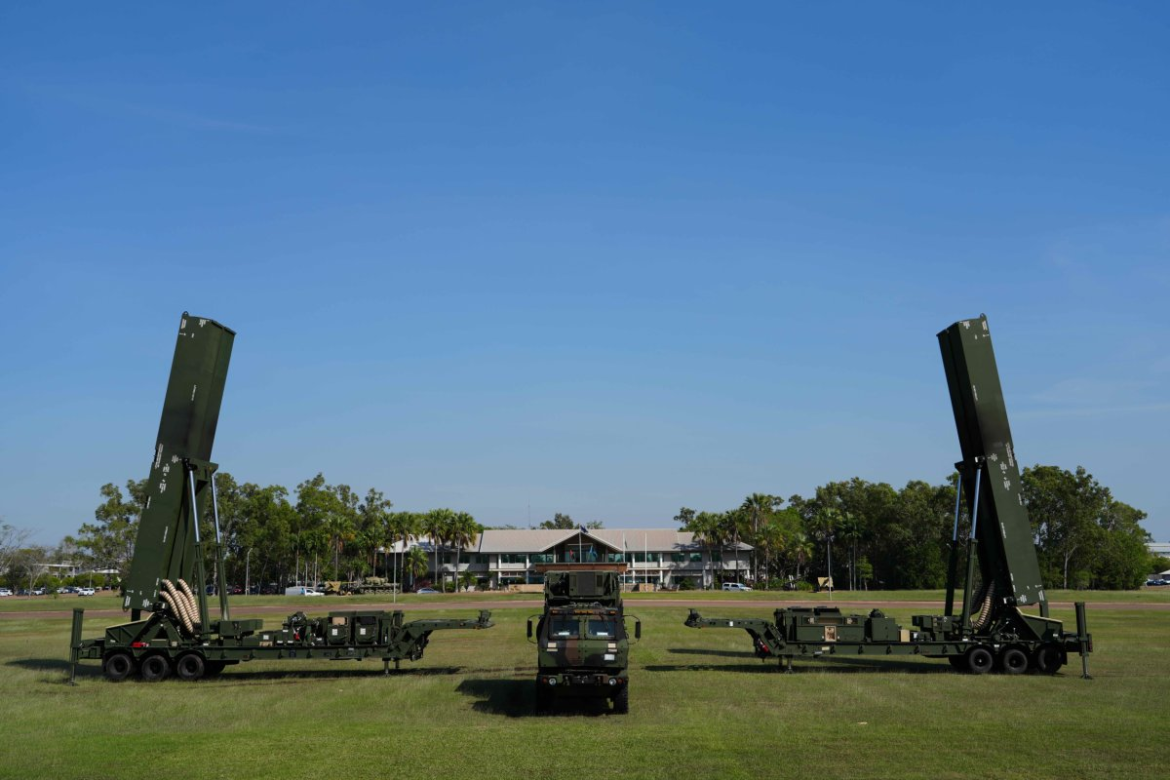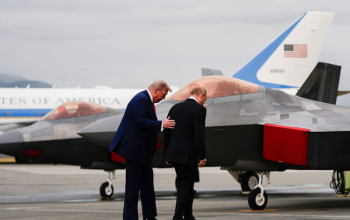U.S. Forces Japan reached a pivotal milestone in August as the first wave of rotational personnel arrived in support of the command’s transformation into a Joint Force Headquarters. This deployment marks the beginning of a phased effort to strengthen command and control capabilities and enhance joint operational readiness in the Indo-Pacific.
The incoming service members, drawn from across the U.S. Indo-Pacific Command area of responsibility, are the first fill new positions identified by the command as providing essential new capabilities or capacity. The first augmentees, the “plank holders,” will serve six-month tours at Yokota Air Base and in Tokyo, integrating into existing command structures and supporting planning, logistical, and operational efforts.
“This marks an essential step in our command and control modernization,” said U.S. Army Maj. H.D. Hannon, Manpower and Personnel Deputy at USFJ. “The personnel arriving now will play a key role in shaping the foundational systems and processes that will define the future of USFJ’s mission as a Joint Force Headquarters.”
The shift to a Joint Force Headquarters model is part of a broader Department of Defense initiative to modernize theater-level C2 capabilities and reinforce deterrence, particularly in response to evolving regional security dynamics.
In a recent opinion piece, U.S. Air Force Lt. Gen. Stephen Jost, commander of U.S. Forces Japan and Fifth Air Force, emphasized the urgency behind the transformation, citing escalating threats in the region.
“The security, freedom, and prosperity in the Indo-Pacific face increasing challenges from adversarial nations, primarily from the People’s Republic of China,” Jost wrote. “The security developments now in motion underscore a growing urgency to prioritize combat-credible forces and reinforce our readiness to protect peace in the Indo-Pacific.”
The transition to a JFHQ will enable faster, more synchronized decision-making across service components, improving the command’s ability to respond effectively to regional crises, natural disasters, and military contingencies. The upgrade also enhances coordination with the Japan Self-Defense Force Joint Operations Command.
“The U.S.-Japan Alliance is a cornerstone of peace and stability in the Indo-Pacific region,” Jost said. “This transformation will further strengthen our partnership and enhance our ability to work together in support of regional security and disaster preparedness.”
U.S. Air Force Chief Master Sergeant Carlos Damian, USFJ Senior Enlisted Leader, welcomed the newly arrived personnel, underscoring their role in enabling the long-term transformation effort.
“We are excited to welcome each service member to our team,” Damian said. “Their arrival here at Yokota Air Base signals a critical milestone of progress as we transform into a Joint Force Headquarters in Japan, and I’m confident that the expertise our members bring with them will enhance our ability to rapidly evolve.”
This first rotation of personnel is just the beginning of a multi-phase approach. Additional staff and resources are expected to arrive over the coming months, further enhancing the command’s capabilities and depth.
The transformation is designed not only to improve U.S. joint operations in Japan but also to deepen interoperability with Japanese counterparts, creating a more credible deterrent posture in the region.
“Japan remains one of our most critical allies, and this transformation ensures we are better postured to defend our mutual interests,” Jost said. “This first team’s contributions will directly shape the future of our joint warfighting posture, and I’m proud to serve with them.”




